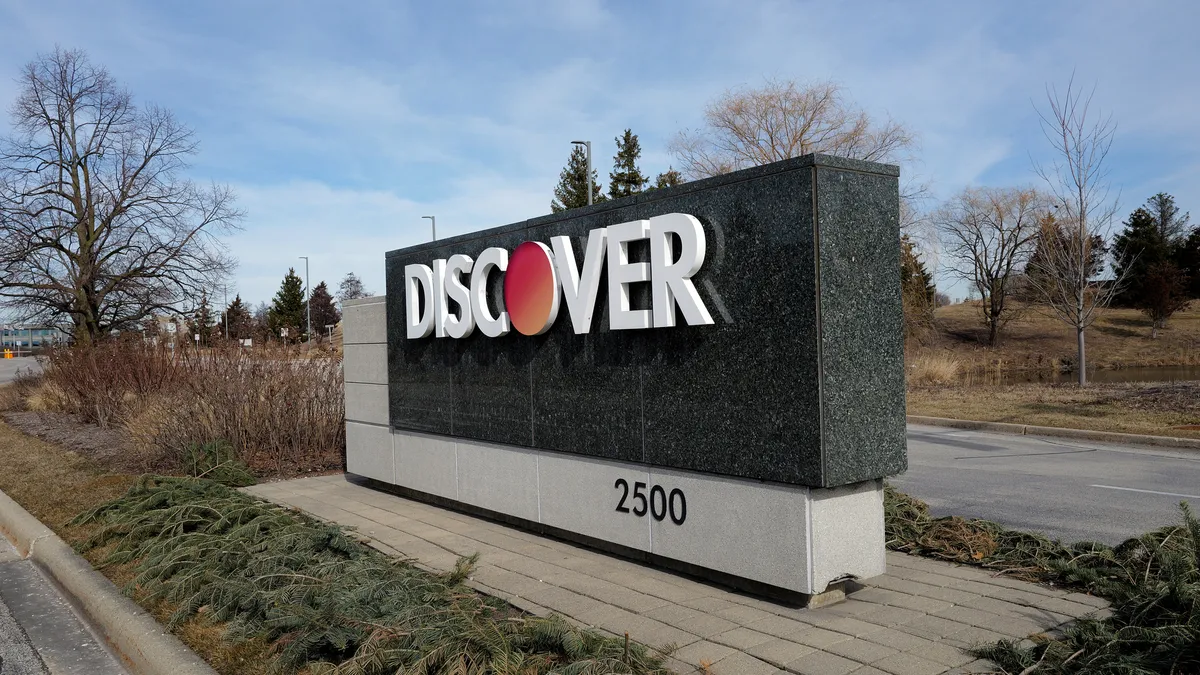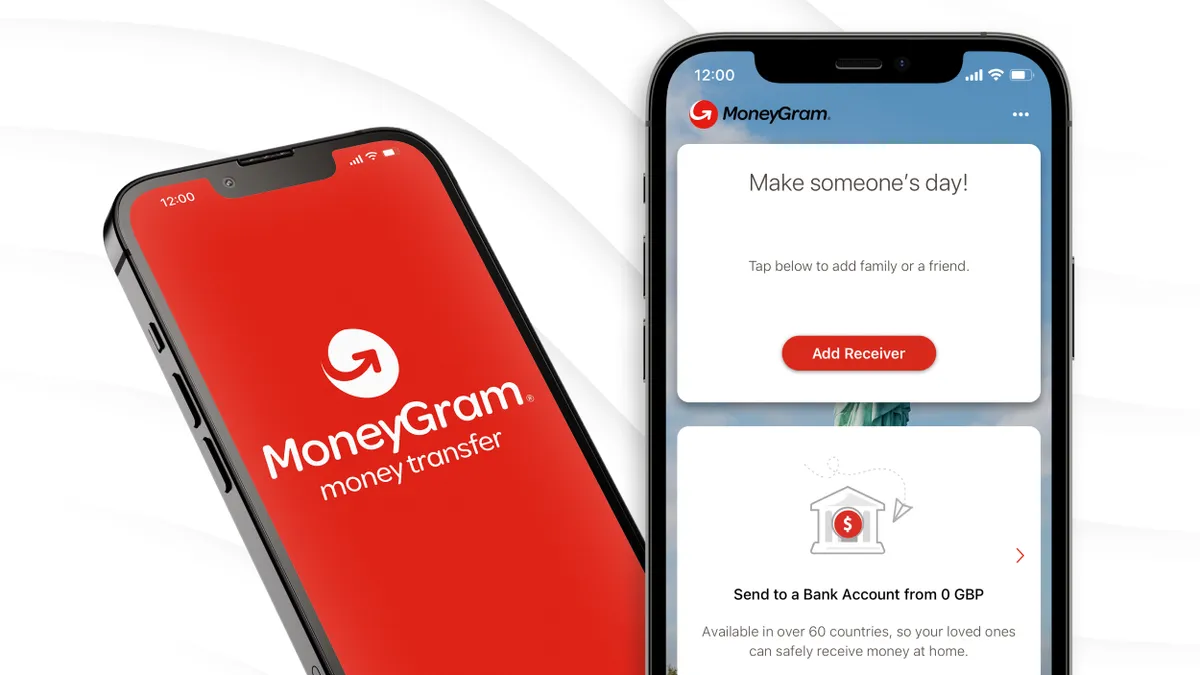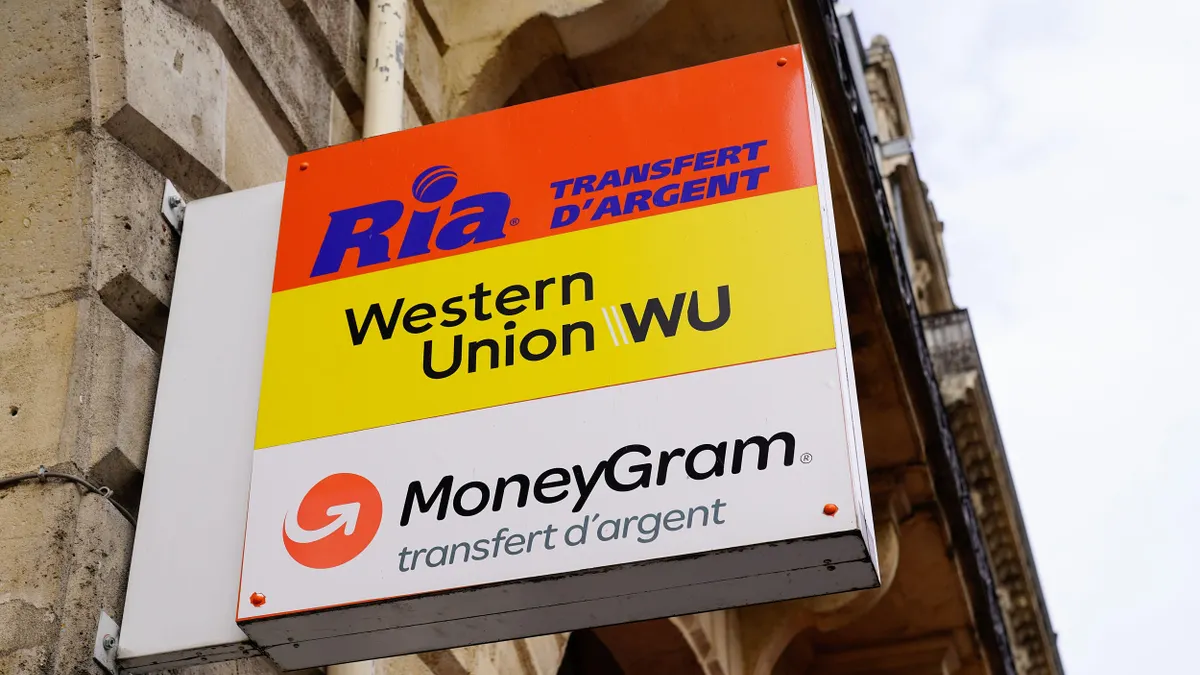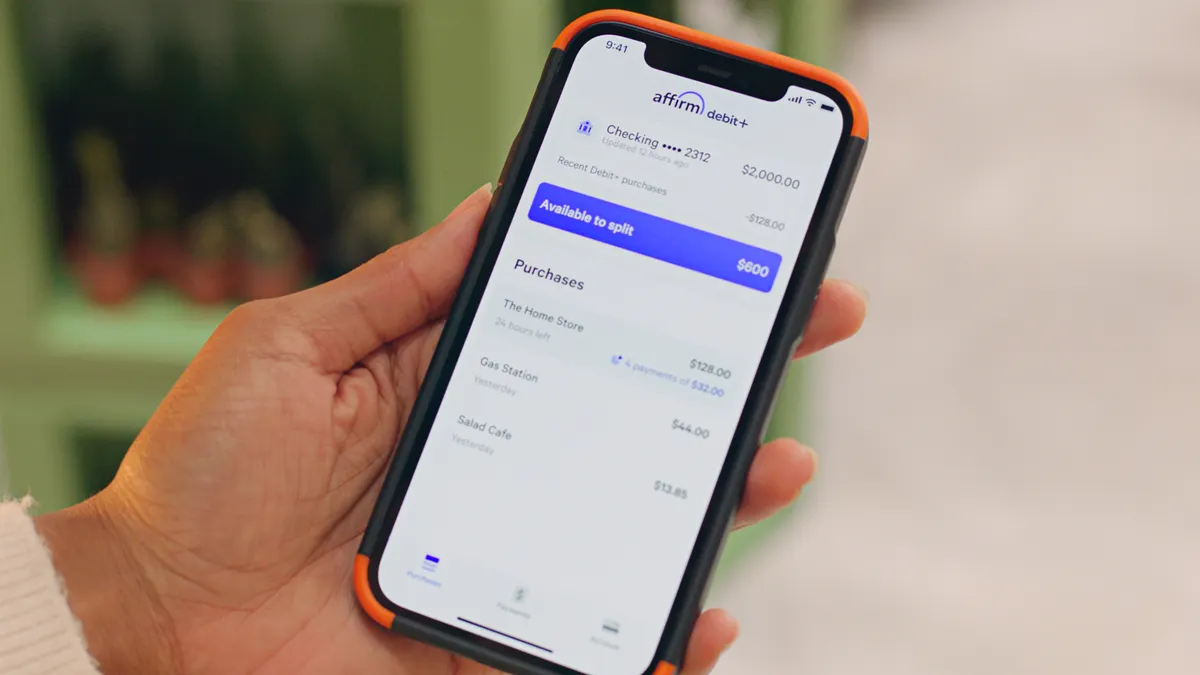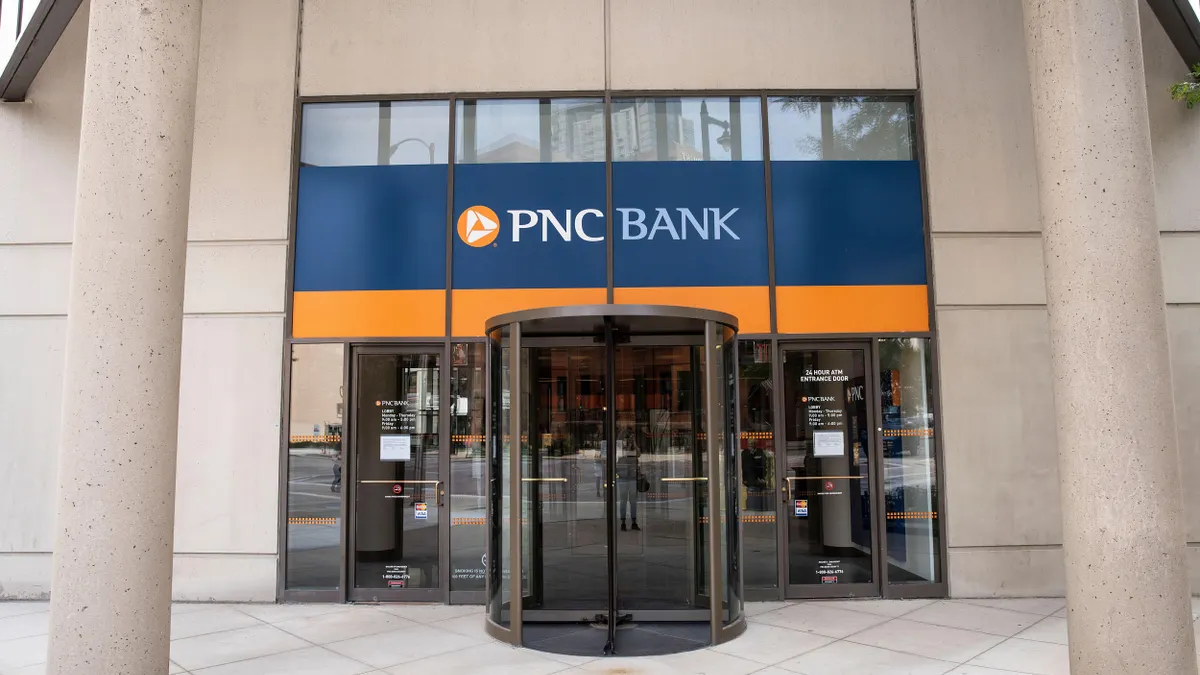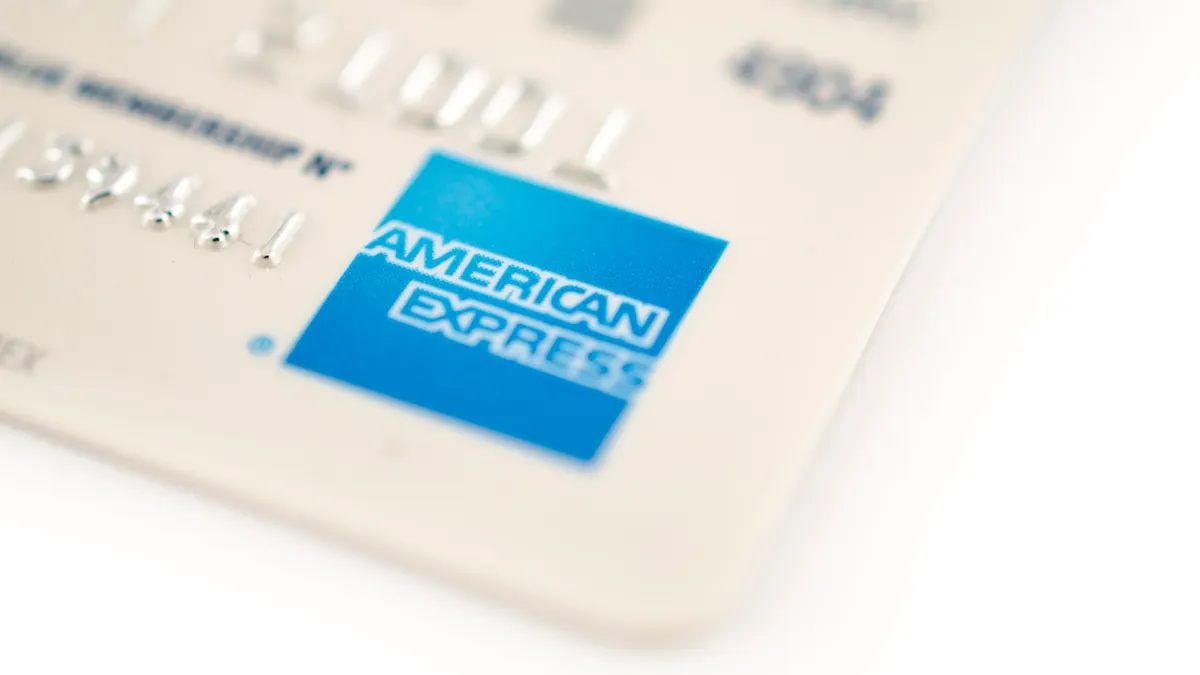Stablecoins have drawn headlines following President Donald Trump’s signing of the Genius Act last month.
Use of digital assets, including stablecoins, have grown steadily for cross-border transactions due to lower costs, less friction and faster settlements, with transaction volume of nearly $28 trillion last year, more than the combined volume of Visa and Mastercard, according to a June 2025 digital payments report from industry consulting firm The Strawhecker Group.
Unlike some other cryptocurrencies, such as bitcoin, stablecoins are typically tied to the value of a fiat currency, like the dollar, to reduce their price volatility.
They’ve evolved from “a niche digital currency” the Strawhecker report said, as “stablecoins power a growing share of global crypto trading, enable low-cost remittances, streamline merchant payouts, support underbanked countries, and offer a way for people in regions with volatile currencies to preserve value in dollars.”
Stablecoins’ acceleration into the mainstream is likely to quicken as U.S. regulators begin implementing the Genius law’s policy framework, counteracting stricter crypto policies during the Biden administration.
For example, PayPal Holdings touted a new “Pay with Crypto” tool on July 28 that allows “instant crypto to stablecoin or fiat conversion” and supports “100+ crypto currencies and wallets,” according to a press release. The company debuted its dollar-denominated stablecoin, PayPal USD, two years ago.
The earliest use cases for stablecoin have been to settle cross-border transactions, facilitate lower-cost remittances and to store value for people in nations afflicted with severe inflation.
But most of these stablecoin transactions occur far from the daily lives of ordinary consumers in America, many of whom are perhaps puzzled about digital currencies. That raises the question: Will stablecoins become a payment choice at local shops and gas stations for millions of smartphone-carrying U.S. consumers?
Payments Dive asked payments and digital asset industry professionals for their thoughts on how, and when, stablecoins might filter down to consumer-level payments.
Comments have been edited for clarity and brevity.
Alexandra ‘Lexy’ Prodromos
Neochordia Consulting
Payments, product and emerging technology consultant
(Former Discover Financial Services innovation and strategic product manager)
What the Genius Act does, especially with the permitted payment stablecoin issuer registration, it allows there to be a more level playing field for companies or banks and payment networks if they want to issue their own stable points. There's this standardization across the board, which I think will make them more easy to regulate, and I think allow greater access.
If you're able to use stablecoins and basically extend the value of the U.S. dollar to other markets in the world, and for consumers especially to be able to have this other option where they can basically use the same technology that makes cryptocurrencies interesting, but then have the price stability of the U.S. dollar, I think that opens up so many more avenues for smaller merchants and the ability for them to conduct their businesses with consumers overseas. So, I think that this is something that is really going to explode.
Kirill Gertman
Conduit Technology
CEO, Founder
For stablecoins to be an actual daily payment method, you need a convergence from both sides. From the consumer side, where we’re not there yet, we’re getting there step by step by step. We’re getting payroll now, we're getting e-commerce. And then from the merchant side, the economics just make sense. So, we will probably see at least the largest ones issue their own coins.
For large merchants doing a lot of these cross-border (transactions), those are extremely expensive. And they can make money on this. If they’re issuing a stablecoin … they’re actually making money on (holding) the underlying Treasuries, the short-term stuff. And so now, on one hand, they can save money. On the other hand, if they’re big enough, they can actually make money. So, as a large enough merchant, why wouldn’t you? I think the merchants will want this.
What I think is going to happen and maybe create a problem here is that, imagine a scenario where every freaking merchant has its own stablecoin. Amazon has a coin. Walmart has a coin and Starbucks has a coin. And now as a consumer you’re walking into Starbucks, and you’re like, ‘Oh sh–, I have Amazon coin in my mobile wallet, I don’t have Starbucks coin. What am I going to do with this?’ That’s going to create a problem, that’s going to create friction, essentially there will be a need for a clearing house. Like we have the clearing house on fiat transactions, we’re going to need to have something like that on stablecoins as well. And then if it works really well, and if it’s really seamless, the consumer doesn’t notice it. They pay with a Starbucks coin for Amazon or the Walmart coin for whatever, then it’ll work. If it’s not seamless enough, it's not going to work. So that’s the opportunity, but that’s also the challenge.”
Corey Frayer
Consumer Federation of America
Director of Investor Protection
(Former Securities and Exchange Commission crypto policy advisor under Biden)
You’ll see mainstream adoption of stablecoins not because people want them but because companies want to give them to their customers. You’re seeing forced adoption and regulatory favoritism as the impetus for adoption of crypto, not some value in the underlying technology.
When you deregulate something as large as the payments ecosystem, you can guarantee that the money will start flowing through it almost instantly. My prediction is that within 18 months it’s going to be relatively common for people to be moved into what is being described as stablecoin payment systems. Because the functional difference between a stablecoin and a current digital payment is minute. And the deregulatory benefit is enormous, and so we’ll see people move to that quickly.
Amanda Fischer
Better Markets
Policy Director, Chief Operating Officer
(Former SEC chief of staff under Biden administration)
I think that [stablecoins] may become an emerging form of payments, but I don't think that that’s because they offer a superior payments experience. I think it's more because of the favorable provisions in legislation and the lobbying and the hype and the marketing, rather than their actual use case.
It’s incredibly risky and it’s bad for consumers and the financial system. But for [merchants, they] get out of interchange, they get people to keep their money in your ecosystem. The more money they keep in their ecosystem, the more interest that they can earn for basically free.
Ben Weiss
CoinFlip
CEO
We, as a company, already see a bunch of people in countries outside the U.S. buying stablecoins because they want access to the dollar. So stablecoins also basically dollarize the world.
We think stablecoins solve a lot of international payments issues, but could also solve payment issues in the U.S. I know many merchants aren't happy about the interchange fee they're paying [for acceptance of cards]. That being said, nothing happens overnight, right? There are people in the U.S. who still write checks.
Lynne Marek contributed to this story.



